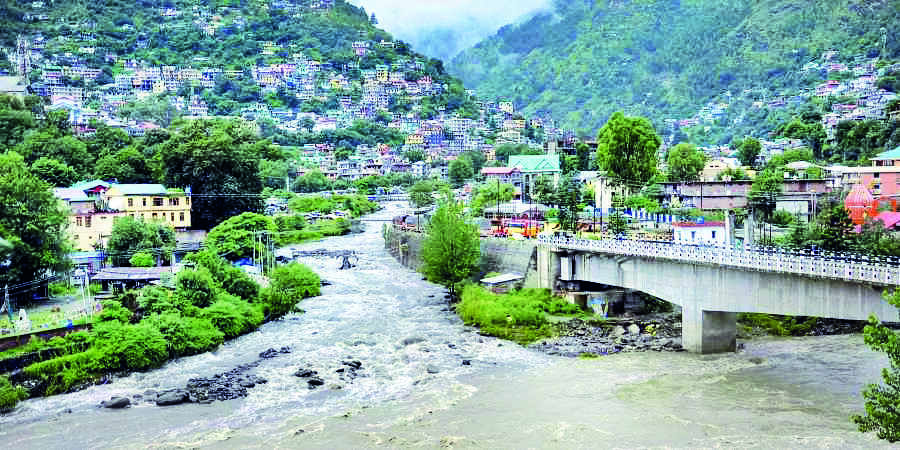River linking projects may adversely impact monsoon cycles, say experts

New Delhi: Interlinking of rivers may have far-reaching adverse impact on monsoon cycles and biodiversity and pose socio-economic challenges, several experts have said, as the government embarks on an ambitious project to link the Ken and Betwa rivers to tackle water crisis in the parched Bundelkhand region.
The Ken-Betwa scheme, the first being implemented under the National River Linking Project (NRLP), seeks to bring nearly 11 lakh hectares of land under irrigation in the parched Bundelkhand region straddling Uttar Pradesh and Madhya Pradesh.
The NRLP proposes transfer of water from water-surplus basins where there is flooding to water-deficit basins where there is drought and scarcity through inter-basin water transfer projects.
Cautioning against river linking projects, the experts said these can lead to disturbance of very complex nature cycles that can have far-reaching adverse impact on monsoon cycles, biodiversity and socio-economic issues.
Manoj Misra, convenor of Yamuna Jiye Abhiyan, a collective fighting to preserve the Yamuna river and its floodplains, said the long-term adverse impacts of the river-linking projects cannot be visualised as they would be very far reaching.
"For example, in Ken-Betwa, their origins are very different. Ken has a very unique fish which has medicinal value and it is very specific to Ken and that is not found in Betwa currently. If Ken's water is diverted to Betwa then fish and other biodiversity will also move and when it moves then you do not know what impact it will have on the local fish, Manoj Misra said.
He said river-linking projects can also lead to adverse impacts on the monsoon cycle.
When water of a river is diverted and it merges in sea, it takes all its sediments with it to the sea. It is a hypothesis that the kind of inter-linking we have planned is that for all we know the monsoonal systems may get impacted, he said.
Himanshu Thakkar, working as coordinator of South Asia Network on Dams, Rivers and People (SANDRP), agreed with Misra and said that the sea's thermal and salinity gradient are two drivers of monsoon which can get disturbed by river-linking projects.
"By river-linking, you are stopping flow of fresh water to sea and the salinity gradient is also reduced and the silt component which creates the Gangetic plain is also impacted. So that creates a different dynamic and all these are drivers of monsoon. So when you are disturbing these factors driving monsoon you are disrupting the monsoon season," he said.
Speaking about other issues that the river linking projects can pose, he said there can be environment, social, climate-related impact. "It will have biodiversity impact, impact on disasters, hydrological effects, a big impact is 23 lakh big trees will be cut for the Ken-Betwa inter-linking," Thakkar said.



